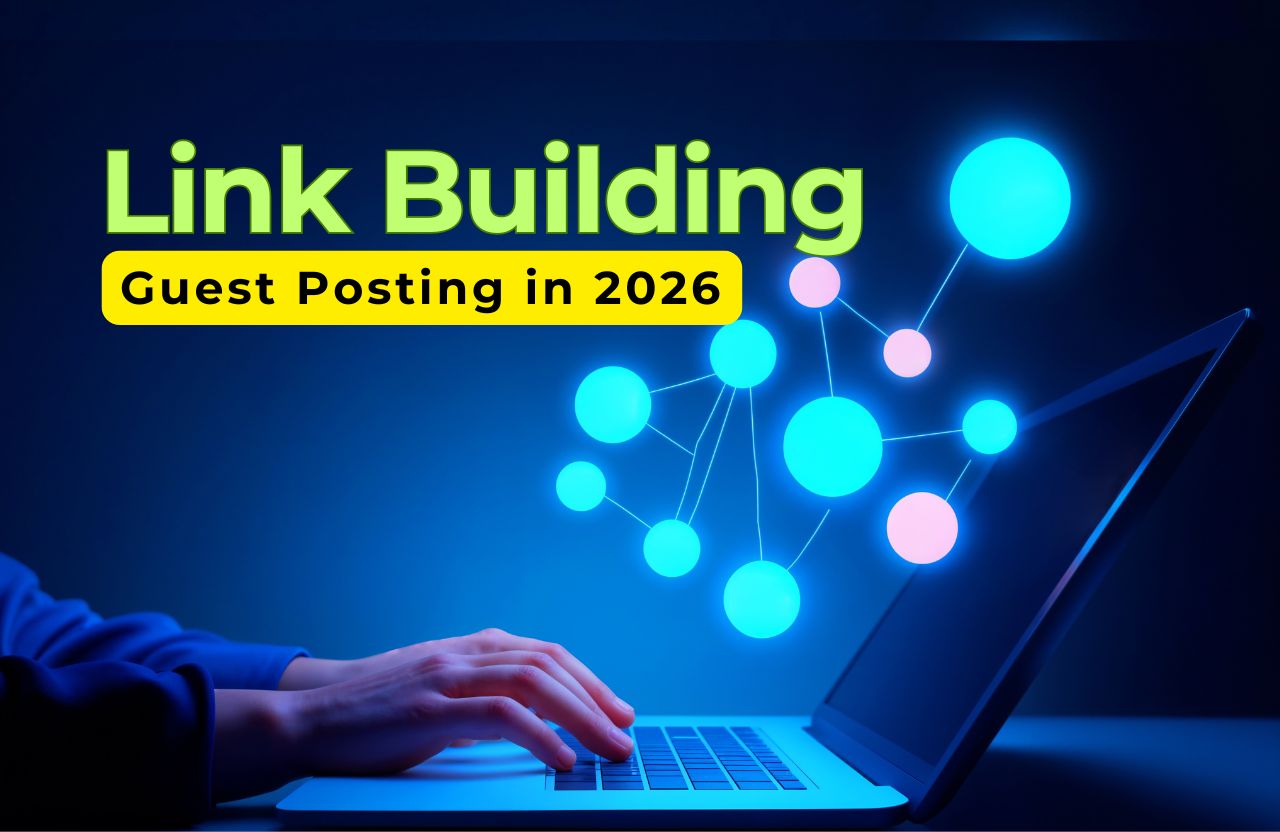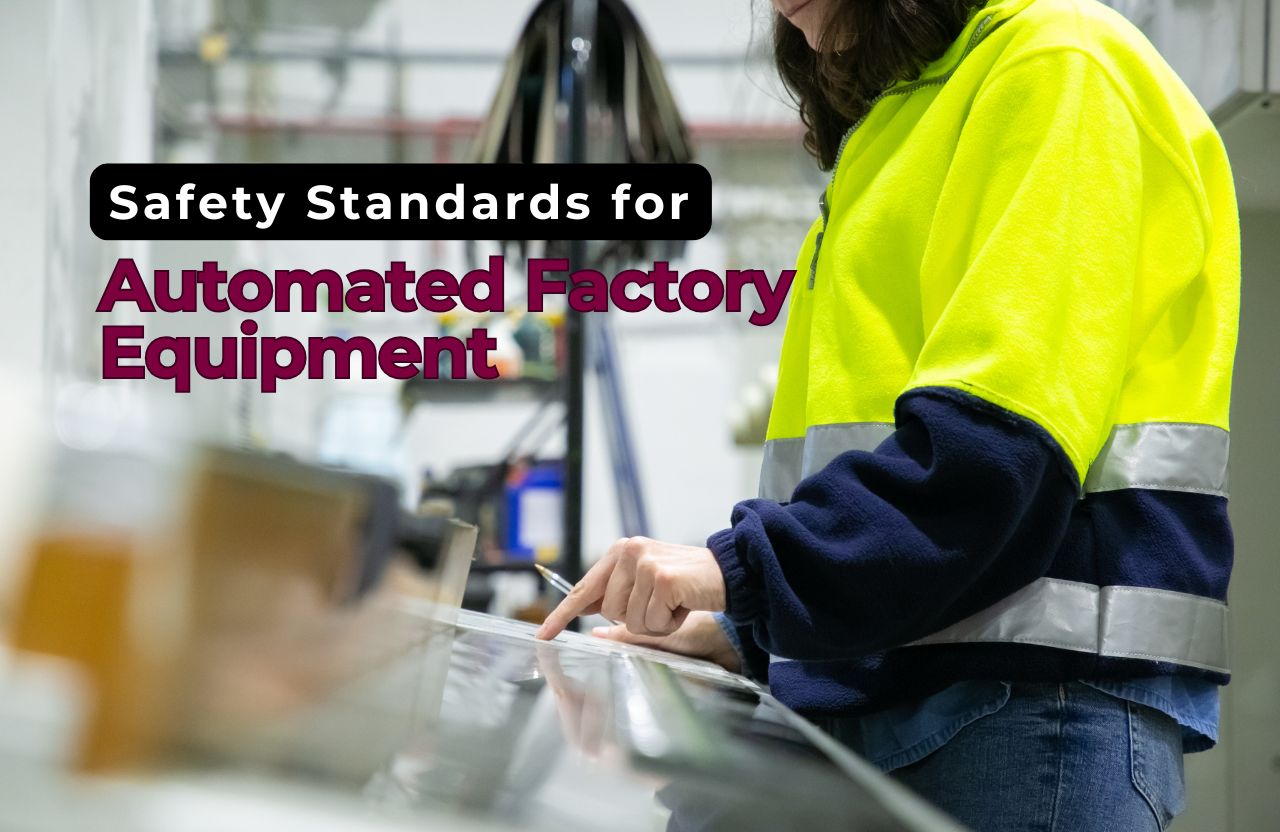Looking to showcase your restaurant business where it deserves to shine?
The key factor that divides successful restaurants from those facing empty seats is effective public relations. The modern dining market requires restaurants to connect with their audience through storytelling while providing quality food.
The good news?
The right PR techniques allow you to enhance your restaurant’s visibility which builds a loyal customer base that increases your profits even during economic hardships.
Inside This Guide:
- Why Restaurant PR Matters Now More Than Ever
- The Core Elements of Effective Restaurant Communication
- Digital PR Strategies That Actually Work
- Crisis Management: Protecting Your Restaurant’s Reputation
- Measuring PR Success: Beyond Just Press Mentions
Why Restaurant PR Matters Now More Than Ever
Success in today’s competitive market depends heavily on restaurant Public Relations because it is vital for all business levels beyond just luxury eateries.
The significance of this information is especially relevant in our current times.
The restaurant industry in the UK reached a market size of £19 billion with a 5% growth in 2023 even amid inflationary challenges according to recent data. The industry shows resilience through its growth while also revealing the strong competitive environment.
UK consumers spent more than £130 billion on restaurant and café meals in 2023 which indicates major financial opportunities for restaurants. A recent survey revealed that almost half of UK respondents now eat out less often because of financial limitations.
Restaurants must now exert more effort than ever to remain competitive.
- Stand out in a crowded marketplace
- Justify their value proposition to cost-conscious consumers
- Build deeper connections with their target audience
Restaurant owners who find these challenges daunting can achieve success by partnering with a qualified restaurant PR agent in London. Professional PR services develop and execute strategic communication strategies that align with your organization’s distinct objectives and target audience.
The Core Elements of Effective Restaurant Communication
Successful restaurant PR requires strategic planning that relies on fundamental core elements instead of random actions.
1. Define Your Unique Story
Every restaurant has a story worth telling. Maybe it’s:
- Your chef’s unique background and inspiration
- The historical significance of your location
- Your commitment to local, sustainable ingredients
- A family legacy spanning generations
Identify what makes your restaurant unique and use it as the fundamental element of your PR approach.
2. Know Your Audience
It’s essential to understand the specific group you need to reach. Messages and media channels must be tailored to reach different demographic groups effectively. Consider factors like:
- Age range
- Income level
- Food preferences
- Local residents vs. tourists
- Business diners vs. leisure diners
This knowledge enables you to create targeted messages that resonate with your ideal customers.
3. Build Media Relationships
With an annual economic impact of £1.1 trillion, the restaurant industry automatically commands news attention in the UK. Develop relationships with:
- Food critics and reviewers
- Local newspaper journalists
- Lifestyle magazine editors
- Food bloggers and influencers
- Travel writers
Remember, these relationships should be mutually beneficial. Instead of only asking for coverage when needed, offer value by sharing exclusive information and creating special experiences with authentic engagement.
4. Consistent Brand Voice
The personality of your restaurant must come through clearly in all communication channels. Consistently use a brand voice that matches your identity even when your communication style varies between formal elegance and casual fun.
Digital PR Strategies That Actually Work
The digital world shapes initial perceptions of your restaurant through its online presence. Here are proven digital PR strategies:
Social Media Excellence
As of 2024 full-service restaurants maintain a social media presence in 99% of cases while 48% of these businesses use TikTok for marketing. To stand out:
- Share visually stunning food photography
- Share exclusive insights into your kitchen operations and the team who runs them behind the scenes.
- Feature customer testimonials and experiences
- Develop content which reflects your restaurant’s unique character for easy sharing.
Don’t just post—engage! Interact with comments and customer-generated content while joining relevant discussions.
Influencer Collaborations
Food influencers provide thousands of potential customers with genuine and trusted endorsements of your restaurant. When selecting influencers:
- Look beyond follower count to engagement rates
- Ensure their audience matches your target demographic
- Create clear expectations and deliverables
- Use unique booking or discount codes to measure promotional results.
Email Marketing
Out of all direct communication methods email stands out as one of the most efficient. Build your list by:
- Offering incentives for newsletter sign-ups
- Collecting emails through your online reservation system
- Creating exclusive content that provides value
Maintain your restaurant at the forefront of customers’ minds by providing consistent information about special events and seasonal menu adjustments along with exclusive promotions.
User-Generated Content
Encourage diners to share their experiences by:
- Creating Instagram-worthy presentation and décor
- Your menus and signage should include branded hashtags.
- Running photo contests with prizes
- Highlighting customer photos on your own channels
UK households spent approximately £14 weekly on dining out at restaurants and cafés in 2023 which shows that dining out remains a priority for people despite economic challenges.
Crisis Management: Protecting Your Restaurant’s Reputation
Even the best restaurants face crises occasionally. A prepared strategy can transform a significant crisis into a manageable problem. Potential issues could involve adverse customer feedback, foodborne illness outbreaks, employee misconduct or disruptions in supply chains.
A crisis response needs to show responsibility through transparency and speed. Ensure solutions are clearly explained to stakeholders and perform a follow-up check after completion. When you manage a crisis effectively you can boost customer loyalty because this shows your dedication to excellence.
Measuring PR Success: Beyond Just Press Mentions
True Public Relations success goes beyond media mentions and focuses on achieving tangible business outcomes. Track these metrics to measure success:
Quantitative Metrics
- Website traffic increases after PR activities
- Social media engagement and follower growth
- Reservation increases tied to specific campaigns
- Revenue changes during and after PR initiatives
Qualitative Metrics
- Analysis of opinions expressed through customer reviews and social media feedback
- Quality and tone of media coverage
- Customer feedback mentioning how they discovered you
- Industry recognition and awards
Program members who join basic loyalty programs contribute to establishments’ business performance by increasing their spending and visit frequency by 18–30%.
Effective Communication Tools for Restaurants
Utilizing appropriate tools will make your PR activities more efficient. Assemble a detailed digital media kit including premium images as well as restaurant information and menu samples. Create press release templates that support announcement distribution and set up a customer feedback system across multiple communication channels.
Integrating PR with Marketing Strategy
To achieve maximum impact integrate your PR efforts with your larger marketing strategy by synchronizing messaging timing and visual elements across all communication channels. Integrated communications enable restaurants to secure their portion of the 56% of family food spending that happens in dining establishments.
Your Restaurant PR Action Plan
Ready to elevate your Public Relations PR game? Launch your efforts with this basic action plan to begin.
- Audit your current PR situation: Evaluate your media activity alongside customer feelings and the market stance of your competitors.
- Define clear objectives: Identify your primary goals for how public relations will benefit your business
- Identify key stories and messages: Develop your core narratives
- Select appropriate channels: Target your PR channels towards the platforms where your audience spends most of their time
- Create a content calendar: Develop a content calendar that outlines your PR activities for the upcoming 3-6 months.
- Implement and monitor: Execute your plan and track results
- Adjust as needed: Be flexible and responsive to what’s working
Bringing It All Together
Successful public relations for restaurants depends on strategic and continuous communication efforts which establish a strong brand presence over time rather than flashy publicity stunts. A PR strategy that yields significant return on investment emerges from sharing your distinct story while actively engaging with your audience.
Smaller restaurants can achieve substantial PR success through strategic communication rather than relying on large budgets. The record-breaking consumer restaurant spending of over £130 billion in 2023 provides an opportunity for your restaurant to excel through effective communication techniques.












